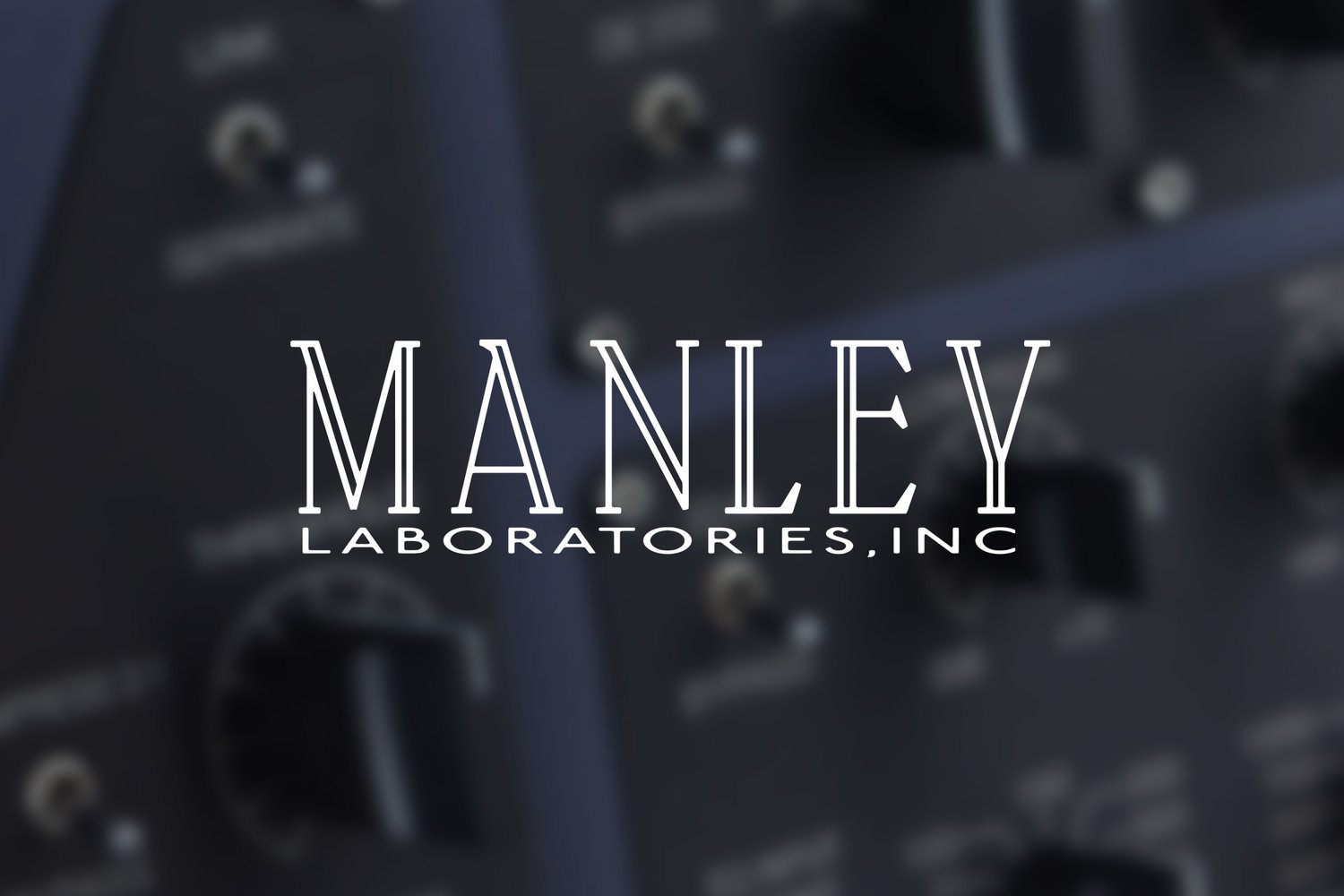The AN-E has very wide dispersion which provides a great deal of flexibility in the different rooms and set ups, and despite being a rear ported design it is designed for corner or near wall, much of the set up process is therefore counter-intuitive in that it works in the opposite way to “normal” loudspeaker set up (for example move the speaker CLOSER to the rear wall will normally result in a tightening and deepening of the bass reproduction), so bear that in mind when you do the initial set up and later adjustments.
The AN-E has, as a result of its wide dispersion, a very wide listening window, allowing considerable angling (or toe-in) to provide an evenly distributed energy window between the speakers, by allowing adjustment of early side wall reflections either to adjust the frequency content to coincide and underpin the direct sound, or prevent those reflections from interfering with the direct sound from the speakers. These reflections will greatly affect tonal and stereo balance and even relatively small changes in the speaker’s angle and distance to the sidewall can change the room interaction markedly.
To control these reflections, place the outer edges of the speakers as close to the side wall as possible, shortening the time difference between direct sound and first reflections as much as possible. The optimal angle at which the speakers are aimed at the listener varies from room to room. The room size will have a particularly marked influence on the angling and proximity to the side walls, where room layout allows.
The object of the setting up exercise is to find a position where the speakers pressurize the room in a similar way to that of natural instruments, this will restore a much overlooked aspect of music reproduction: the actual pressure generated by instruments, which is one of the main differences between “live” and “reproduced”.
Four main options, (presented from most to least desirable, all else being equal), are:
1.) Starting with rooms where corner position is available:
Move the speaker to be as close to the side wall as possible, to the point of almost touching the wall, with the speaker 5 – 10 centimeter (2-4 inches) from the rear wall, toe the speakers in to aim 1-2 meters (3-6 feet) in front of the listener, now play a record or CD with some bass content to see how the low frequencies come across, then adjust the speaker angle to get a good and even energy spread between the speakers.
2.) Then to rooms with only two real walls available, as a rule always fire down the long length of the room wherever possible, otherwise also follow the clues below,
Place the speaker 5 – 10 centimeters (2-4 inches) from the rear wall, then toe them in to aim almost directly at the listener, especially in large rooms this should be tried, even in corner position, give them a listen, then move the speakers as far apart from each other as the room allows, then play with the distance between the speakers and the angle, to create the best possible balance (compromise) between the bass response and the energy distribution between the speakers, (remember the angle of the speaker to the wall can be anything from a few degrees to 45 degrees or sometimes even more, depending on the distance between the speakers and the distance to the listening position. Lastly try moving the speakers forward 5 centimeters (2 inches) to see how the bass behaves. Adjust the distance to the rear wall to get the bass and deep and even as possible.
3.) Now to really difficult rooms, such as rooms where little or no wall space is available or very long and narrow rooms for example. Position the speaker facing each other, believe it or not the AN-E’s dispersion is so good that this position in some rare instances work better than any alternatives, in a narrow long room, the speakers can be positioned using the side walls the way the rear walls are used in 2.) above, but with the speakers at a very steep angle (i.e., sharply toed in), seen from the listening position, then essentially follow the instructions in 2.) above.
4.) Lastly rooms where the speaker can only be used free-standing, away from all walls,
Due to our speaker’s near wall design requirements this is the least desirable position, as it will not allow pressurization of the room in the way or to the extent we intend, nor will it therefore give you the best frequency balance, however our speakers still sound better than most in this, the most undesirable position, and as a rule the speakers should be angled to cross about a meter in front of the listener and form an equidistant triangle if used this way.





